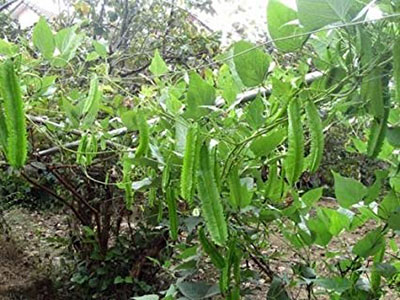Are you ready to adopt a piece of history?
- Home /
- Are you ready to adopt a piece of history?
You can help conserve the seed of traditional vegetables.
What is a traditional vegetable?
A traditional vegetable is one that’s easy to grow, nutritious, and popular among certain populations in specific locations. In one place it’s a favorite local food, while in another, due to a lack of knowledge about these valuable plants, it might be considered a weed.
Wherever they are gathered, grown and consumed, traditional vegetables help diversify production systems, farm income, and diets.
By adopting a traditional vegetable in the WorldVeg Genebank, you can help ensure the diversity of these special plants remains available and accessible to people around the globe. Your support will fund collection, conservation, regeneration, and distribution of these very special species.
Adopt a traditional vegetable today!
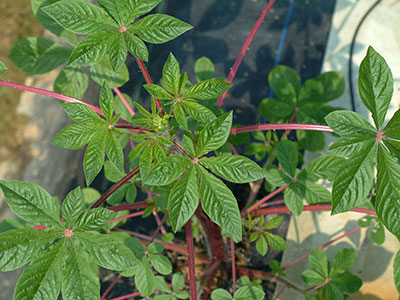
SPIDER PLANT
Cleome gynandra adds tangy taste, plenty of vitamins A & C, iron, protein and much more to meals!
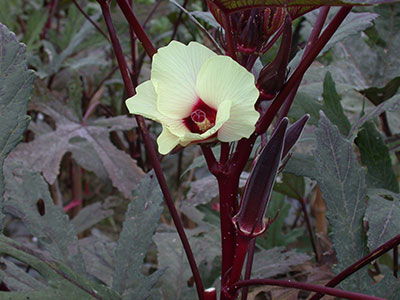
OKRA
Some call it lady’s fingers; we call it delicious! Abelmoschus esculentus offers plenty of folic acid and antioxidants.

ROSELLE
Dried, pickled, in jams or drinks, the calyxes of Hibiscus sabdariffa provide a delicious boost of antioxidants.
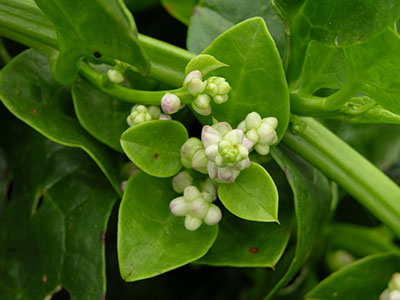
MALABAR SPINACH
Smooth and savory, red-stemmed or green-stemmed, Basella spp. enrich meals with ample vitamin C.
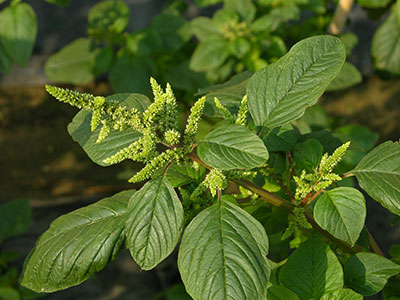
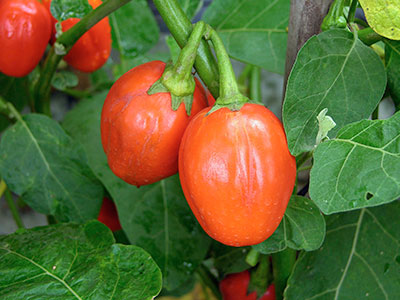

WAX GOURD
Benincasa hispida can be stored for months — it’s a vegetable for every kitchen!
